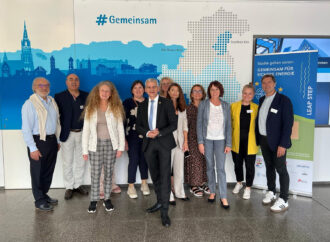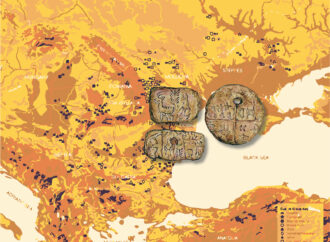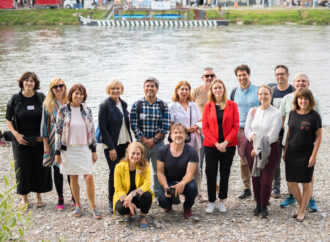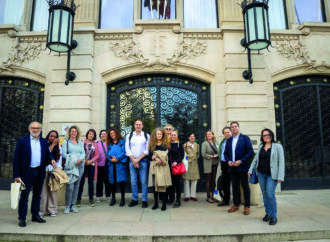The Danube Floodplain project aims to improve the transnational integrative water management and flood risk prevention while maximizing benefits for biodiversity conservation by restoring floodplains, combining classical and green infrastructure, natural retention measures, involving stakeholders. In the past decades, heavy alteration of wetland ecosystems characterized the land use. Since 1970, 90% of the global wetlands
The Danube Floodplain project aims to improve the transnational integrative water management and flood risk prevention while maximizing benefits for biodiversity conservation by restoring floodplains, combining classical and green infrastructure, natural retention measures, involving stakeholders.
In the past decades, heavy alteration of wetland ecosystems characterized the land use. Since 1970, 90% of the global wetlands have disappeared together with 84% of vertebrate species. Along the Danube 70% of the floodplains got separated from rivers, and on the remaining ones weighs extreme pressure to provide various services. Nowadays it is clear that nature-based solutions can help making life and management activities sustainable and building strong, resilient ecosystems.
Floodplains play a determining role in mitigation of more frequent climate extremities such as floods or droughts. Their reconnection and restoration and a suitable land use is an integrative solution to both. The more floodplains are restored, the bigger the effect on river basin level.
In the Danube Floodplain project water management institutions work together with researchers and ecologists to improve a tool for floodplain restoration (Danube Floodplain Evaluation Tool), from selection of proper areas through design of restoration interventions until evaluation of effects on biodiversity, flood control and various ecosystem services. Five pilot areas along the Danube and tributaries in Czech Republic, Slovakia, Hungary, Romania, Serbia and Slovenia were selected for its testing and preparing feasibility studies.
Results showed that enhancing the area of the floodplains increases the amount of water storage capacity, while water level and velocity decrease. Restorations have a detectable effect on flood peak and on shift to maximum water discharge, which mitigates also extreme floods. The results also show the more new, potential floodplains are reconnected to the rivers, the bigger effect on flood peak is detectable. However, there were some exceptions, thus different combination of restoration measures can lead to different efficiency, local circumstances should be taken into account.
Results of meso-scale biodiversity assessment show that floodplain habitats and thus biodiversity can benefit from increasing the lateral connectivity, as intended by the majority of restoration scenarios. Restoration of biodiversity and wetland ecosystems build a good base for climate impact adaptation as well. While the assessment on the mesoscale shows the general tendency for the development of habitats, a microscale analysis gives insight on the level of species or specific communities. However, this requires in-depth knowledge of the setting and extensive fieldwork.
Ecosystem services and their improvement through restoration have been assessed with involvement of stakeholders on pilot areas. An extended cost-benefit analysis with included ecosystem services was used to show economic benefits. Including integrity and health of ecosystems and their services approved the cost effectiveness of the restorations and the good effect for improving ecosystems as well.

The Danube Floodplain project (Reducing flood risk through floodplain restoration along the Danube River and tributaries – DTP2-003-2.1) is co-funded by the European Union (ERDF, IPA funds).
Andrea Samu, Living Rivers Programme Project Manager, Danube River Area, WWF Hungary




















